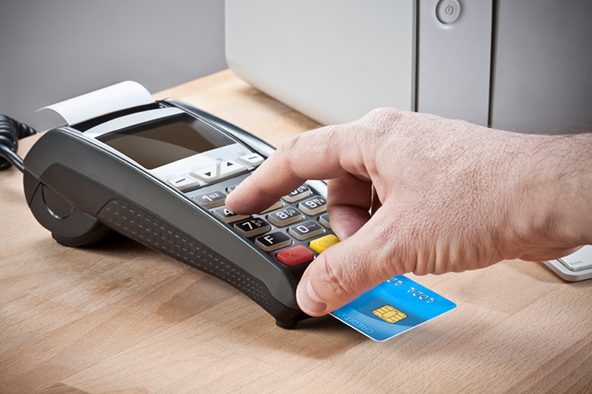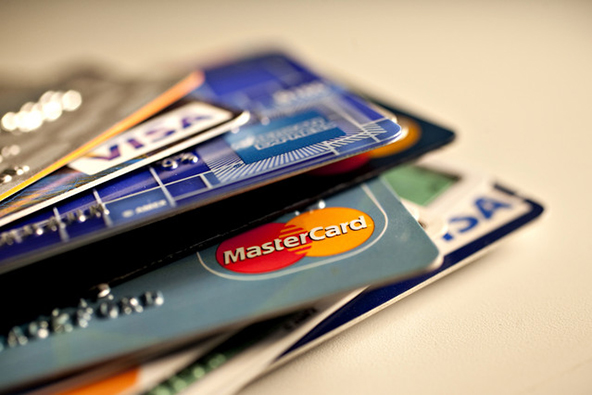13 Signs of a Valid Visa Card
How to Accept Visa Cards
1. Face-to-face setting. In a card-present environment, you should accept cards by following these simple steps:
- Swipe the card through your point-of-sale (POS) terminal to request transaction authorization.
- While the authorization request is being processed, check the card’s features and security elements. Make sure that the card is valid and has not been altered in any way (see above for details).
- Obtain an authorization approval and, if required, get the cardholder’s signature on the sales receipt. Then match the signature on the back of the card to the signature on the receipt.
The first initial and spelling of the surname must match.
- Compare the name and number on the card to the ones on the sales receipt. The last four digits of the account number on the card must match those printed on the receipt.

- If you suspect fraud, follow your store’s procedures or make a Code 10 call.
2. Card-not-present environment. Obviously, the above procedures cannot be followed when neither your customer nor her card are in front of you as the transaction takes place.
Fortunately, there are solid tools available to help you authenticate both the card and the cardholder in e-commerce and MO / TO transactions and it is up to you to apply them during transactions.
The transaction process is not much different here, so I will not be going through it again.
Yes, there is no swiping, but once the account information (cardholder name and address, card number, expiration date and CVV2) is submitted, the actual processing of the payment is practically identical.
So let’s move directly on to the most essential card-not-present transaction authentication procedures. Here is a brief look at the Visa tools you can use to validate the legitimacy of a Visa card and its cardholder:
- Address Verification Service (AVS). AVS allows e-commerce merchants to verify a cardholder’s billing address by comparing it to the one on file with the issuer.
AVS verification is performed simultaneously with the transaction authorization. - Card Verification Value 2 (CVV2). As we already saw, CVV2 is a three-digit number that is imprinted on the back of a Visa card, which is used to help validate that the customer has a valid card in her possession during a non-face-to-face transaction. CVV2 is required on all Visa cards.
- Verified by Visa (VbV). VbV is a web-based, real-time service, which enables an e-commerce merchant to validate that its customer is the genuine owner of the card presented for payment.
However, in order for the merchant to make use of this service, the cardholder must first sign up for it and register her card on Visa’s VbV website.
Participating merchants can prompt their customers to register for VbV during the checkout process, if they hadn’t done so already.
During registration, the customer creates a unique VbV password. Then, once a card is activated with VbV, the card number is automatically recognized whenever the customer checks out of a participating store.
The customer is asked to enter her VbV password and, upon successful authentication, the transaction is completed. Here is how the VbV authentication window looks like:
If you employ all of these tools, you can be reasonably certain that your customer’s identity will be successfully identified every time a card is presented for payment at your store.
Of course, that doesn’t completely protect you against fraud, especially when you are dealing with sophisticated criminals.
However, if you combine the results you received from the identity verification tools with the ability to recognize suspicious customer behavior, you can further improve your chances.
So let’s take a look at how you can do that.



Well in the example its 40 not 50
The sum is 50, not 40, even though it would make no difference.